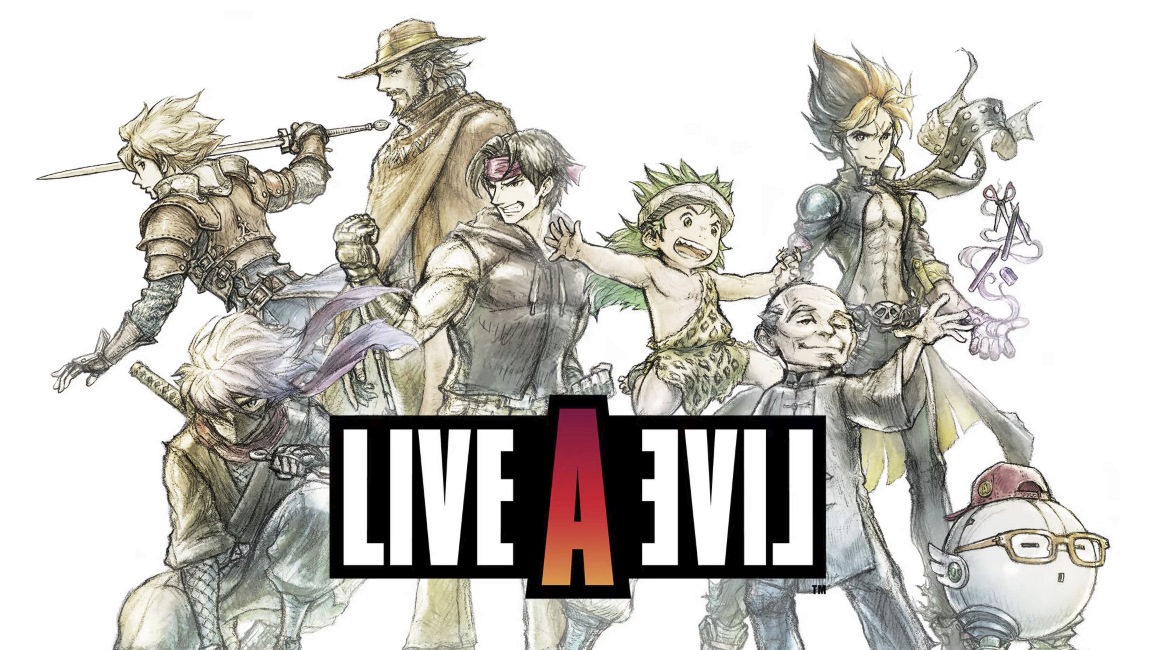Salt And Sacrifice is a 2D metroidvania hunt-a-thon that casts you as a condemned prisoner in an imperiled kingdom. Magic is corrupting the land, giving rise to monstrous creatures and ravenous undead, and the source of all of this destruction, Mages, must be hunted and their hearts devoured if the Kingdom is to survive. Like Ska Studios’s previous outing, the game features difficult combat, extensive equipment options, and hulking bosses to slay. But while the scale has increased and the combat and visuals are as slick as ever, there are some growing pains that only just manage to hold the game back from its full potential.
Upon booting the game up, it’s immediately clear that you’re in for a visual treat.The design and detail are just ever so lovely: from the way firelight gives a soft glow to its surroundings in the twilight, to how fog wafts lazily over cobble stairways in a musty dungeon, it’s all just so utterly gorgeous to look at. Ska Studios have always had a recognizable art style – imposing architecture and grungy moppets – but it’s plain to see here that they’ve upped their game in the best possible way. According to the devs, every asset was created from scratch, and that care shows in every frame.
After selecting your character class (and getting bodied by an overpowered boss monster in true soulslike fashion) you awaken in Pardoner’s Vale. This is a base camp in which you can level up, build or improve equipment, buy or sell items, pet your adorable antlerkitty, display trophies obtained from hunts, and chat with various NPCs that you meet out in the world. It’s also where you’ll find the Mirrorgate, a portal that allows you to travel to different regions as you unlock them. You’ll need to traverse these regions and gather clues to kick off Mage Hunts, which are boss fights that serve as the game’s main activity.
As in
Salt And Sanctuary, you’ll still be stringing together light attacks, heavies, dodge-rolls, parries, and blocks, but the attacks and movement are notably faster and snappier this time around. The weapons you’ll be using are now more akin to the hunting gear from Monster Hunter, as every weapon type has its own moveset and paired weapons like swords and shields are inseparable. This may initially give the impression that there’s less variety in how the player might arm themselves, but in practice it allows each weapon to have a unique identity as opposed to feeling redundant. A flame stave and a lightning stave have the same base attack pattern, but they have completely different Runic Arts (special abilities unique to certain weapons) that fulfill different combat roles.
That said, there are some issues with the combat where I found myself questioning why certain mechanics worked the way they did. Stamina regeneration is halted when taking damage, making it
incredibly easy to be stunlocked to death in the likely event you run out in combat. In a similar vein, if you happen to be knocked skyward (and Mages will absolutely do this in their claustrophobic, final-fight arenas) there are no i-frames preventing you from literally being juggled to death. I had several deaths where I took a hit while at full health and still ended up dying because I never got the chance to stand back up and defend myself. This issue is compounded exponentially when you consider that some Mages routinely roam into areas that are already abundant with other foes, usually while you’re trying to fight said foes.
The enemies you’ll be fighting are a varied lot, ranging from your bog-standard gobbos and skellingtons all the way to evil popes and dudes with human bodies but, like, the head of a housefly. Again, the art direction truly shines here, and I cannot overstate how interesting and creative the enemy designs are. It seems like the dev team knew they’d hit it out of the park, because they saw fit to include a lovely bestiary in the pause menu, cataloging every skellington scuppered and gobbo ganked. Each region has unique enemies that fit with the regional theme, and even the most menial foes can bring you down if you aren’t careful. When I wasn’t being chucked about like a ragdoll, I had a lot of fun stabbing, slicing, and magicking them to death.
Upon finding a clue and initiating a Mage Hunt, a subtle particle trail will lead you to your quarry (the particles themselves change to reflect the element of the Mage you’re pursuing; a neat and immersive touch). Mages must be battled a handful of times across the level before you can kill them proper, and during this roaming phase they’ll spawn themed mobs before running away to a new arena. Each region not only has a set number of Named Mages, who must be defeated in order to break the magical seals that prevent access to certain locations in the region, but also roaming Nameless Mages who periodically spawn to shake things up. The Nameless Mages are mostly useful for farming parts and experience, with some dropping unique gear.
Speaking of parts, the crafting system in Salt And Sacrifice will, like the weapon style, be very familiar to any Monster Hunter fans. Mages and their mobs drop parts that can be used to create themed gear, granting elemental damage, resistances, and Runic Arts that mimic those of the Mage they were made from. It can be a bit of a slog trying to find a specific type of mage to get the parts you need, but you’ll get enough materials just from playing the game that, if you should find yourself particularly attached to a weapon or piece of armor, you can continually upgrade it to keep pace with the later, more difficult levels.
The regions are rather large, broken up by underground areas and dungeons and the like. As in any metroidvania worth its
salt [pause for pity laughs] you’ll catch glimpses of out-of-reach areas to return to once you’ve gotten the necessary traversal items. You’ll also be unlocking shortcuts, platforming, and stumbling into oh so many traps. The traps in particular are some of the meanest I’ve yet encountered in a game, with many of them being nigh invisible if you don’t know to expect them. I suppose they wouldn’t be very good traps if they were signposted in bright neon, but it rarely felt as though I stepped on a hidden one due to negligence as opposed to trickery with darkness, color palettes, or foreground objects obscuring my view of them.
Still, for all its quirks, Ska Studios have themselves a solid entry here. I don’t think there were many problems I encountered that couldn’t be patched out, and I had a lot of fun with the game in spite of some annoyances. If Salt And Sanctuary was Ska Studios sheepishly imitating a more successful formula, then Salt And Sacrifice is them confidently finding their stride. For a game about tearing out hearts, it’s clearly had a lot of heart put into it and Monster Hunter fans in particular shouldn’t pass this one up. Just don’t expect perfection.

 nintendoeverything.com
nintendoeverything.com

 nintendoeverything.com
nintendoeverything.com

